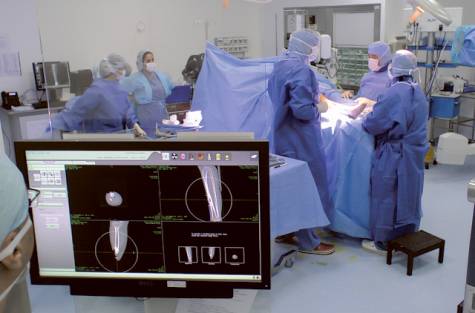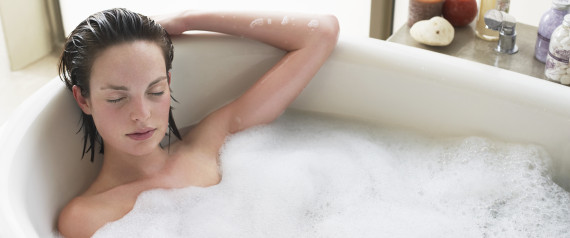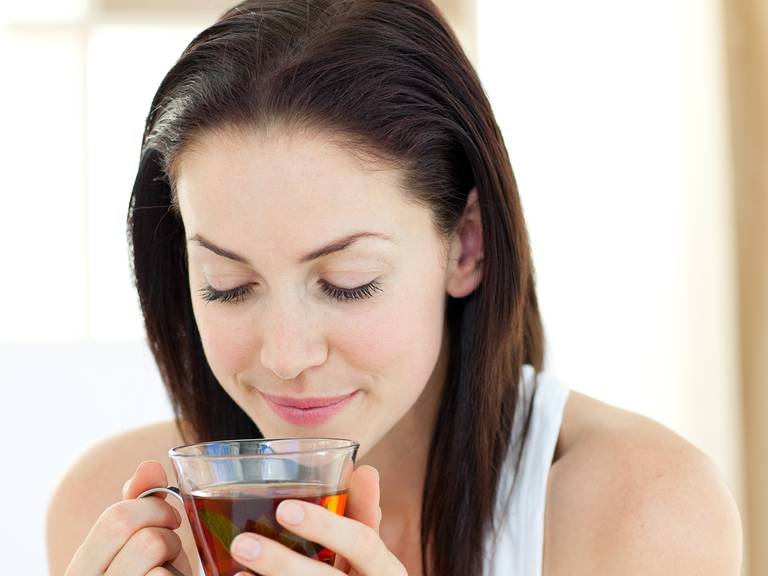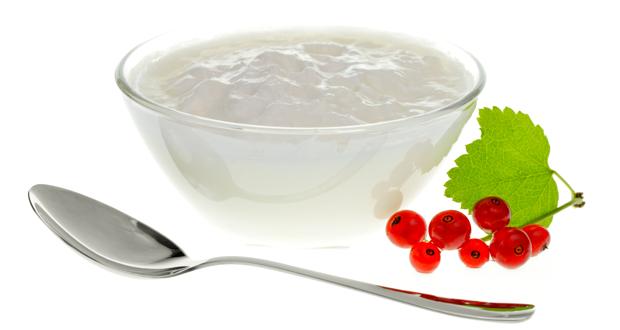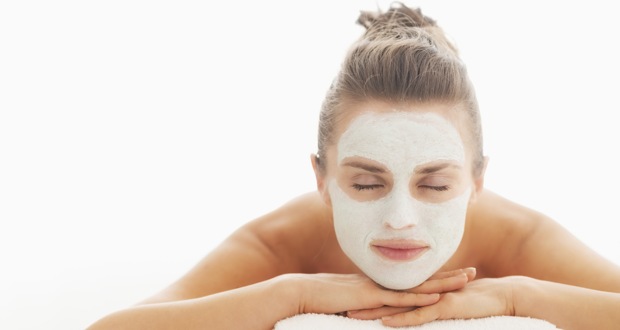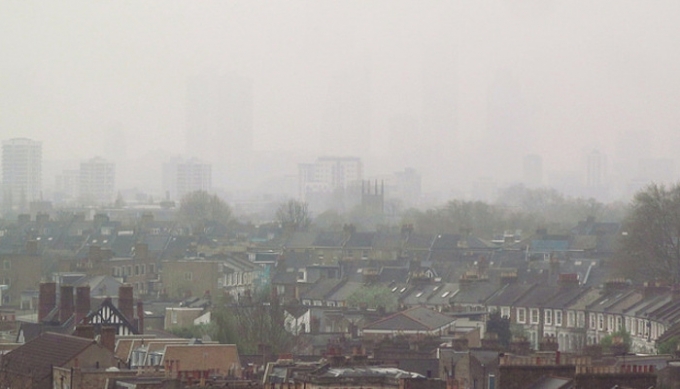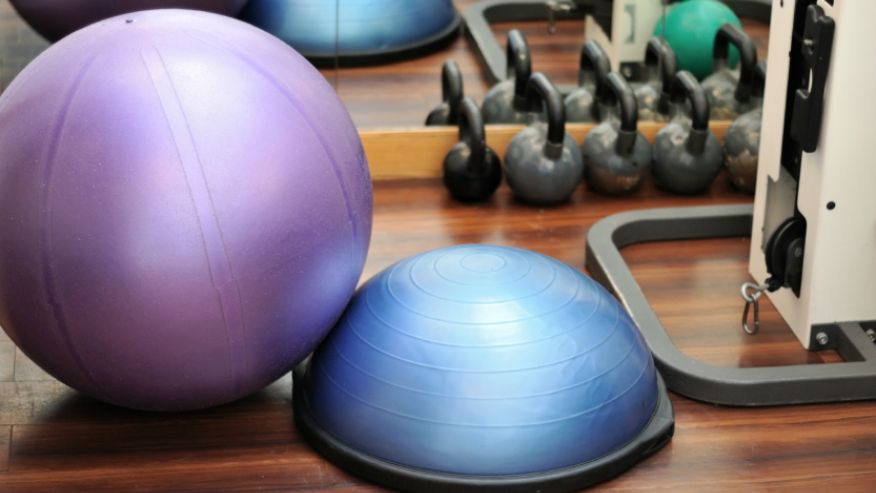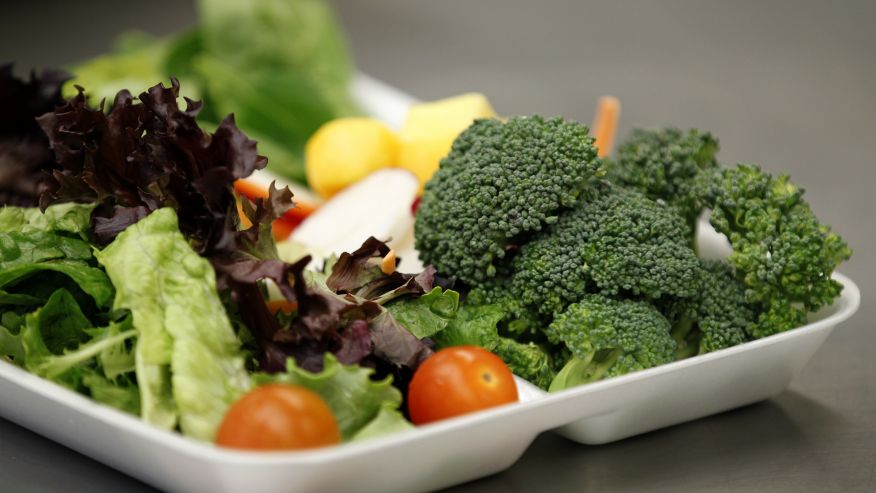Dubai to be world medical tourism hub
DHA meets with all stakeholders to discuss turning proposal into reality
With world-class health facilities and internationally accredited hospitals, Dubai is all set to be the top hub for world medical tourism.
The Dubai Health Authority (DHA) convened a meeting earlier this week with all stakeholders in the medical tourism initiative to tap into the possibility of turning this proposal into reality.
The meeting was organised under the leadership of Director General of DHA, Engineer Eisa Al Maidour, with representatives of the General Directorate of Residency and Foreigners Affairs (GDFRA), Dubai Tourism and Commerce Marketing (DTCM), Department of Economic Development (DED), Emirates airline, Emirates Holidays and Dubai Healthcare City (DHCC), among others.
“We look forward to collaborating with all stakeholders to ensure we devise a comprehensive system that provides patients with convenience from the time they enter Dubai right through treatment and even follow-up. Dubai is the world’s leading destination for tourism and leisure and since Dubai offers excellent health-care facilities, medical tourism is an extension of the hospitality that Dubai is synonymous with. Ensuring that all players work hand-in-hand with us and are aligned with the overall medical tourism strategy will ensure smooth functioning of a dynastic health sector and will benefit both medical tourists as well as the health-care providers,” he said.
According to DTCM statistics, the city had a record number of visitors — 10 million — in 2012 and aims to have more than 20 million visitors by 2020. If medical tourism is properly organised it can become a viable source of revenue. If we go by the global medical tourism revenues these are estimated at $30 million (Dh109.80 million) and are expected to only grow by leaps and bounds. Dubai can perhaps be a major contributor to this world-wide phenomenon if all stakeholders work according to a plan. Currently the total number of health facilities in Dubai are 2,518 and more than 70 per cent of hospitals here have international accreditations.
All these figures work in favour of world medical tourists coming here for complex treatments.
Dr Ramadan Ebrahim, director of medical regulation and medical tourism programme at DHA, said that he would be working closely with hospitals to ensure that they fulfil the medical tourism eligibility criteria. “Hospitals will be asked to chalk out medical tourism packages. The package will include treatment, visa, hotel accommodation as well as recreational activities for families who accompany the patient.
“The first package will be launched in October this year and will be wellness and preventive services package. This includes executive full body check-ups etc. In addition to medical facilities, we will also evaluate health-care facilities on the basis of the comfort and ease they provide patients. This includes checking whether they have translators, chauffer services, etc, which will all be part of the medical tourism package. At the end of the day, it’s about providing both excellence in medical service.”
Dr Ebrahim also added that the Dubai medical tourism website will be launched by the last quarter of this year — all member details and hyperlinks will be on the comprehensive site.
Source: gulf news










